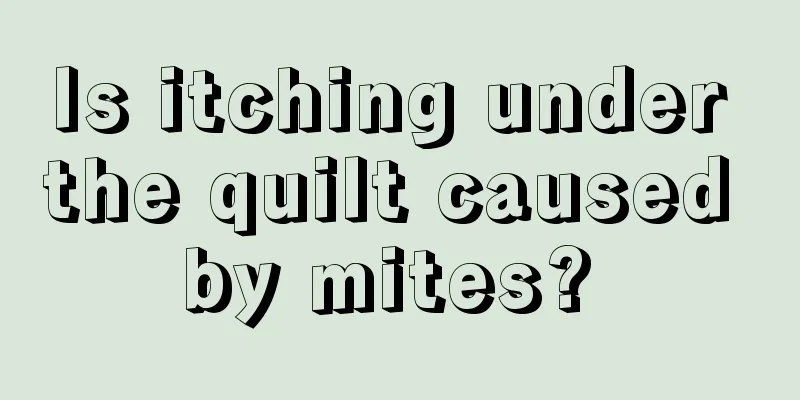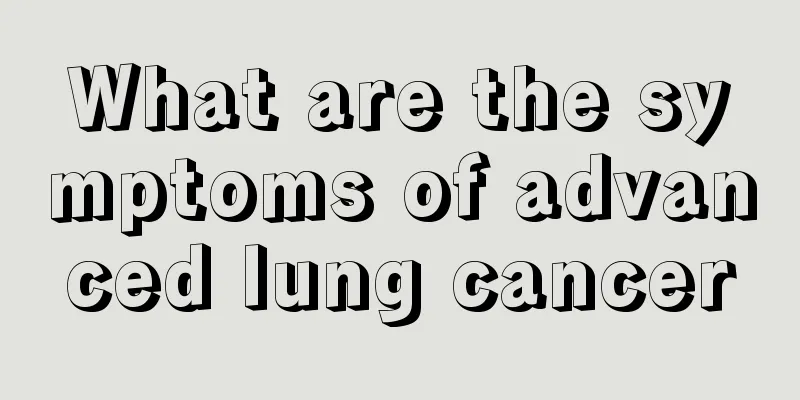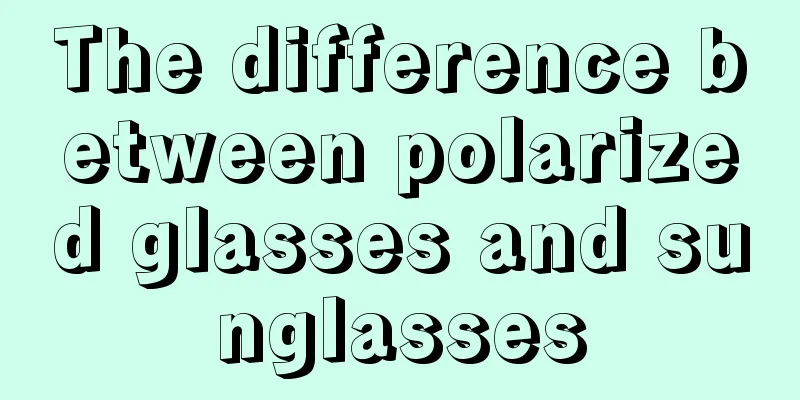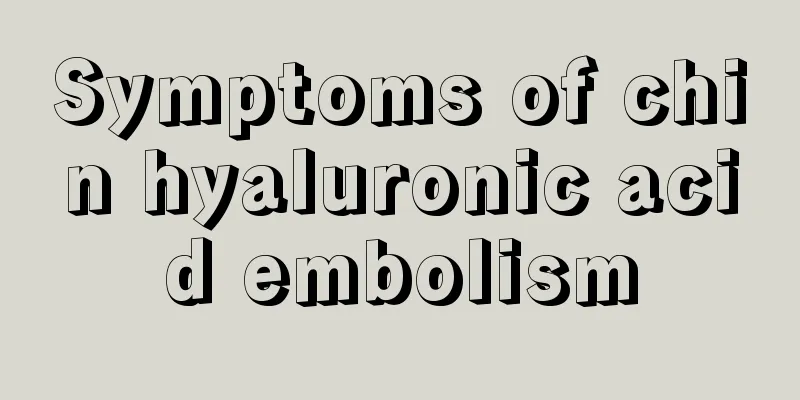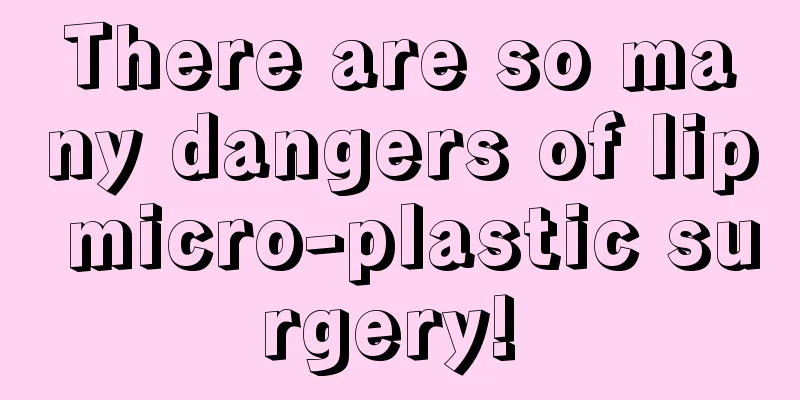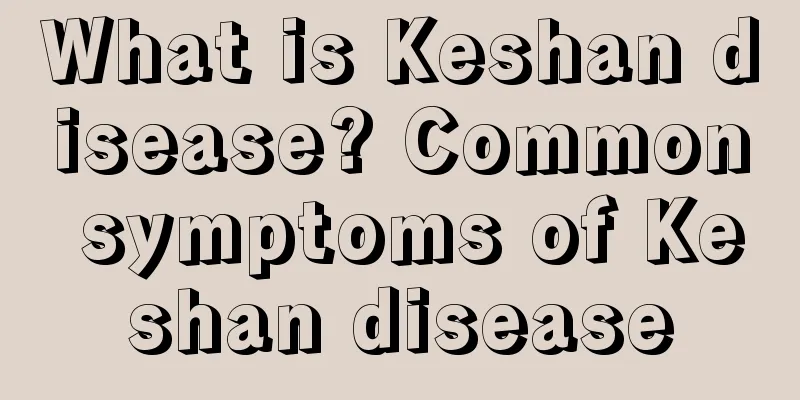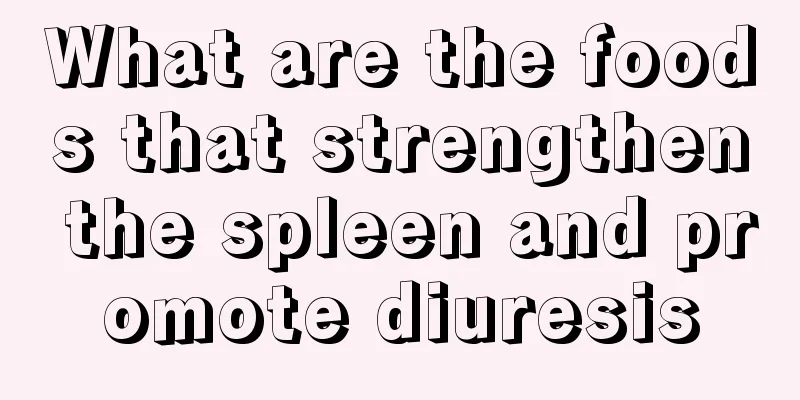Lumbar disc herniation caused my waist to become crooked
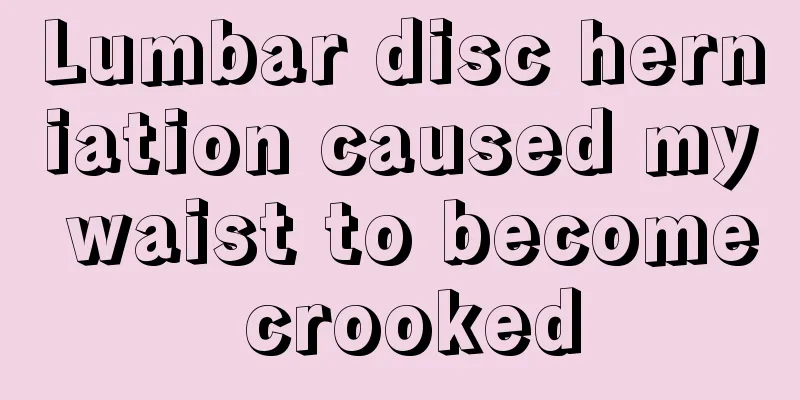
|
Lumbar disc herniation is a non-disease phenomenon that is almost universal in today's era. It is most likely to occur in middle-aged and elderly people because at this age, the bone quality begins to change greatly, and the waist is not as flexible. In addition, if you do not pay attention to your sitting posture, you will easily suffer from lumbar disc herniation. So what should you do if your waist is crooked due to lumbar disc herniation? In fact, it is best to treat this phenomenon. At the mildest, it will affect your image, and at the worst, it will cause unbearable pain. The only way is to treat it. 1. Non-surgical treatment Most patients with lumbar disc herniation can be relieved or cured through non-surgical treatment. The treatment principle is not to restore the degenerated and protruding intervertebral disc tissue to its original position, but to change the relative position of the intervertebral disc tissue and the compressed nerve root or partially retract it, thereby reducing the pressure on the nerve root, loosening the adhesion of the nerve root, eliminating the inflammation of the nerve root, and thus alleviating the symptoms. Non-surgical treatment is mainly suitable for: 1. young patients, first-time patients or patients with a short course of illness; 2. patients with mild symptoms that can be relieved by themselves after rest; 3. patients with no obvious spinal stenosis on imaging examination. (1) Absolute bed rest: When the disease first occurs, you should strictly rest in bed, and emphasize that you should not get out of bed or sit up to urinate or defecate. This will achieve better results. After 3 weeks of bed rest, you can get up and move around while wearing a waist belt for protection, and do not bend over or hold objects for 3 months. This method is simple and effective, but difficult to stick to. After remission, you should strengthen your back muscle exercises to reduce the chance of recurrence. Tip: Lumbar disc herniation can heal itself! (2) Traction therapy uses pelvic traction to increase the width of the intervertebral space, reduce the intradiscal pressure, retract the protruding disc, and reduce stimulation and compression on the nerve roots. It needs to be performed under the guidance of a professional doctor. Tip: Is it okay to press the water button on the cow? (3) Physical therapy and massage can relieve muscle spasms and reduce pressure in the intervertebral disc, but be aware that violent massage can aggravate the condition and should be used with caution. (4) Corticosteroids Epidural injection of corticosteroids is a long-acting anti-inflammatory agent that can reduce inflammation and adhesions around nerve roots. Generally, a long-acting corticosteroid preparation, 2% lidocaine, is used for epidural injection once a week, with 3 times as a course of treatment. Another course of treatment can be used after 2-4 weeks. (5) Chemical nucleus pulposus dissolution uses collagenase or papain, which is injected into the intervertebral disc or between the dura mater and the protruding nucleus pulposus to selectively dissolve the nucleus pulposus and annulus fibrosus without damaging the nerve roots, thereby reducing the pressure in the intervertebral disc or reducing the size of the protruding nucleus pulposus, thereby alleviating symptoms. However, this method carries the risk of allergic reactions. Tip: The advantage of western medicine and hormones is that the effects are immediate, but what are the disadvantages? 2. Percutaneous nucleotomy/laser vaporization of the nucleus pulposus Through the use of special instruments, the intervertebral space is entered under X-ray monitoring, and part of the nucleus pulposus is crushed, sucked out or vaporized by laser, thereby reducing the pressure within the intervertebral disc and relieving symptoms. It is suitable for patients with bulging or mild herniation, but not suitable for patients with lateral recess stenosis or obvious herniation, or those whose nucleus pulposus has prolapsed into the spinal canal. 3. Surgery The surgical method is to make a posterior lumbar incision, partially remove the lamina and articular processes, or perform disc removal through the lamina space. For central disc herniation, laminectomy is performed followed by epidural or intradural discectomy. Patients with lumbar instability and lumbar spinal stenosis require spinal fusion surgery at the same time. |
<<: My waist suddenly hurts so much that I can't move
>>: My waist suddenly hurts so much that I can't bend
Recommend
How to adjust when the condition is not good
People eat all kinds of food, and everyone has th...
When is the best age to learn Taekwondo
Many people want to take their children to school...
Can nasopharyngeal cancer be cured by taking medicine?
Nasopharyngeal cancer is a relatively scary disea...
Botulinum toxin allergy symptoms
Nowadays, people have more and more demands for b...
How do you transmit a cold to others
Many people will ask: "How can a cold be tra...
What are the symptoms of advanced gallbladder cancer?
With the progress of the times, people's livi...
The efficacy and function of green agate
Nowadays, when we choose jewelry, we not only pay...
What is the nursing method for pancreatic cancer after surgery
In recent years, pancreatic cancer has become one...
Black tongue coating is caused by these reasons
Under normal circumstances, the color of the tong...
The dangers of applying vitamin B6 on the face
Although vitamins are very important to human hea...
Chemoradiotherapy regimen for nasopharyngeal carcinoma
Chemoradiotherapy for nasopharyngeal carcinoma Na...
What is the reason for difficulty in defecation after thyroid cancer surgery
Constipation after thyroid cancer surgery may be ...
Diabetic patients should pay more attention to preventing pancreatic cancer
The occurrence of pancreatic cancer is the result...
Prevent cancer by changing your unhealthy lifestyle!
Cancer is a general term for a large category of ...
What is flat feet
Flat feet are very common in our lives. Many peop...

